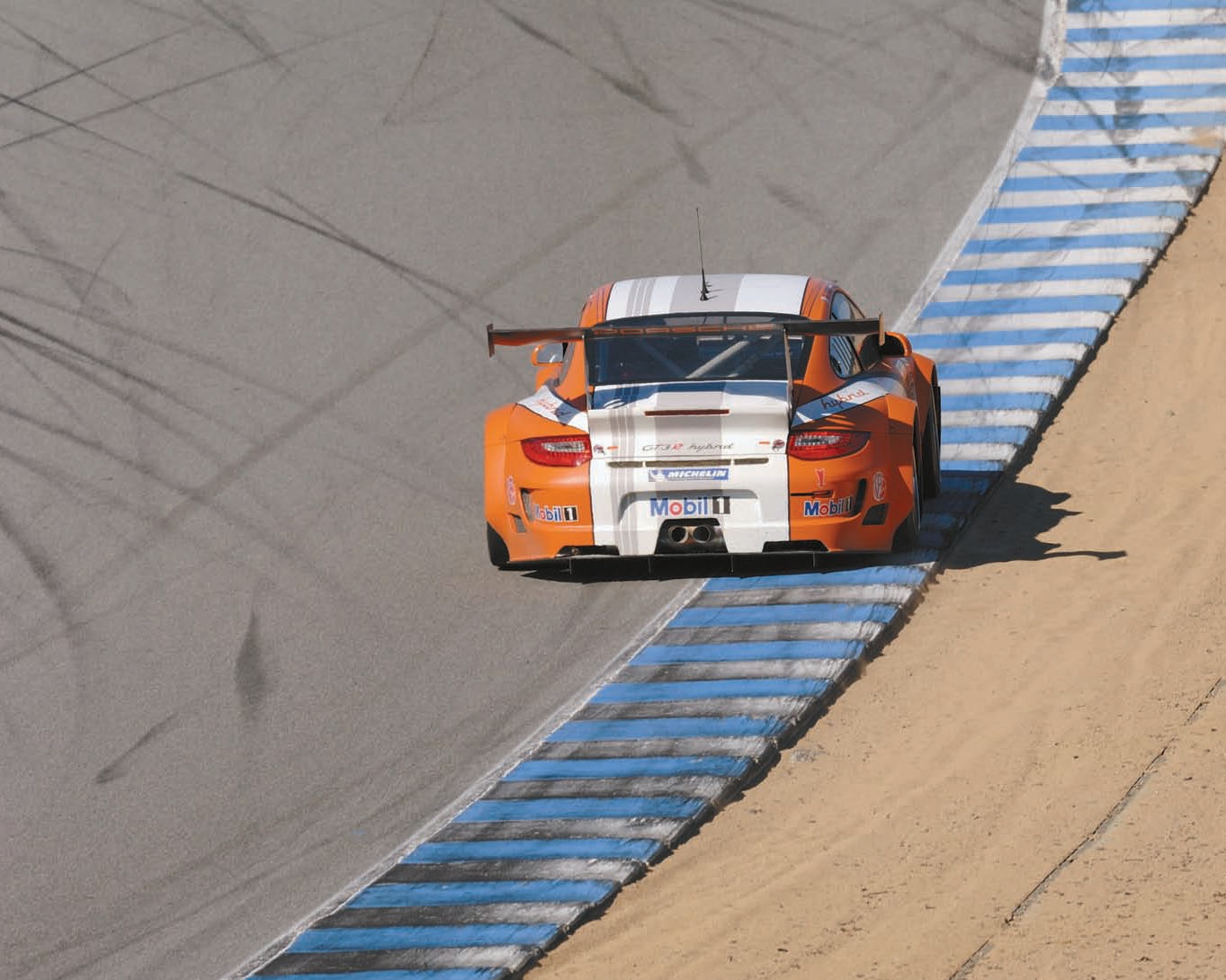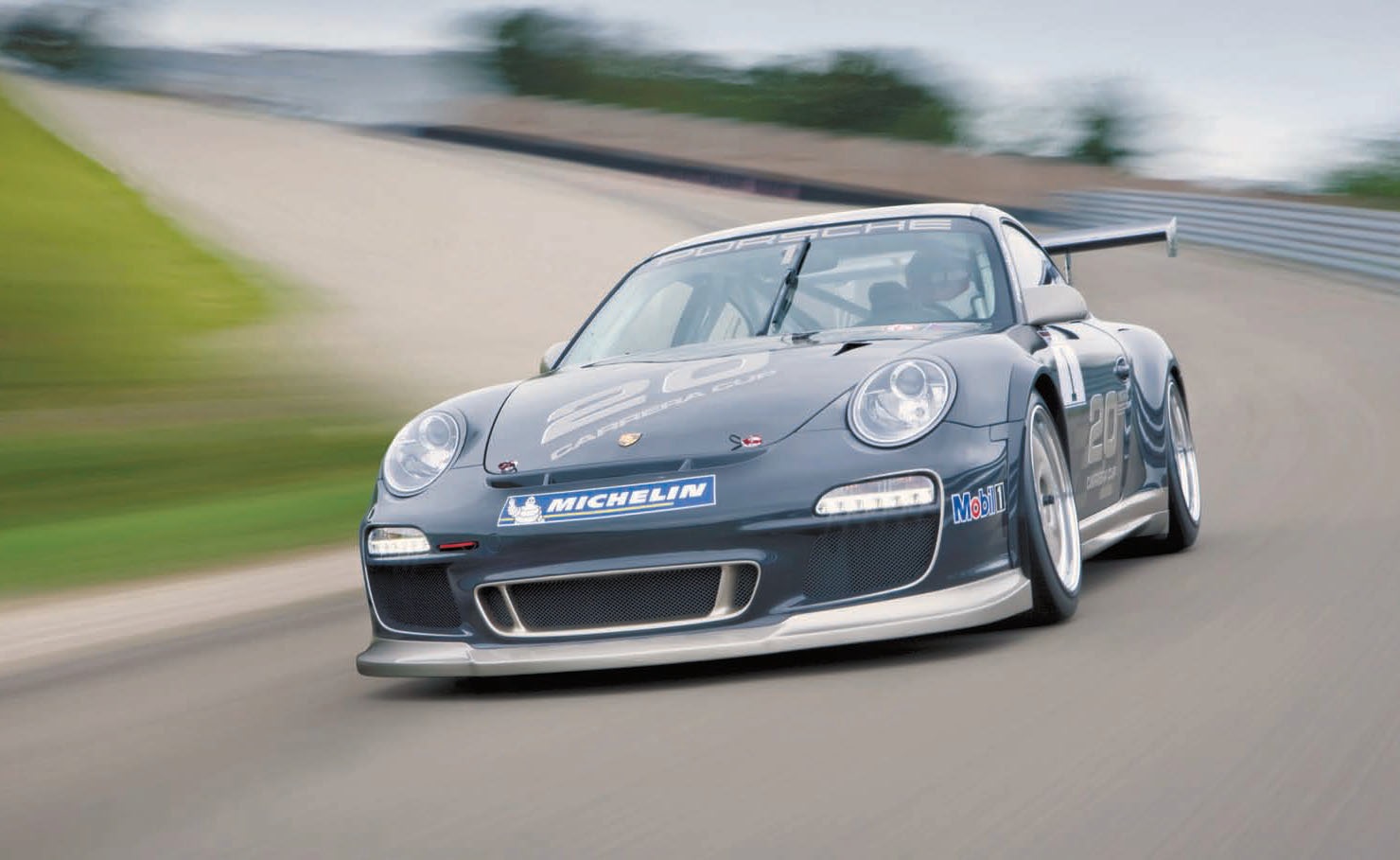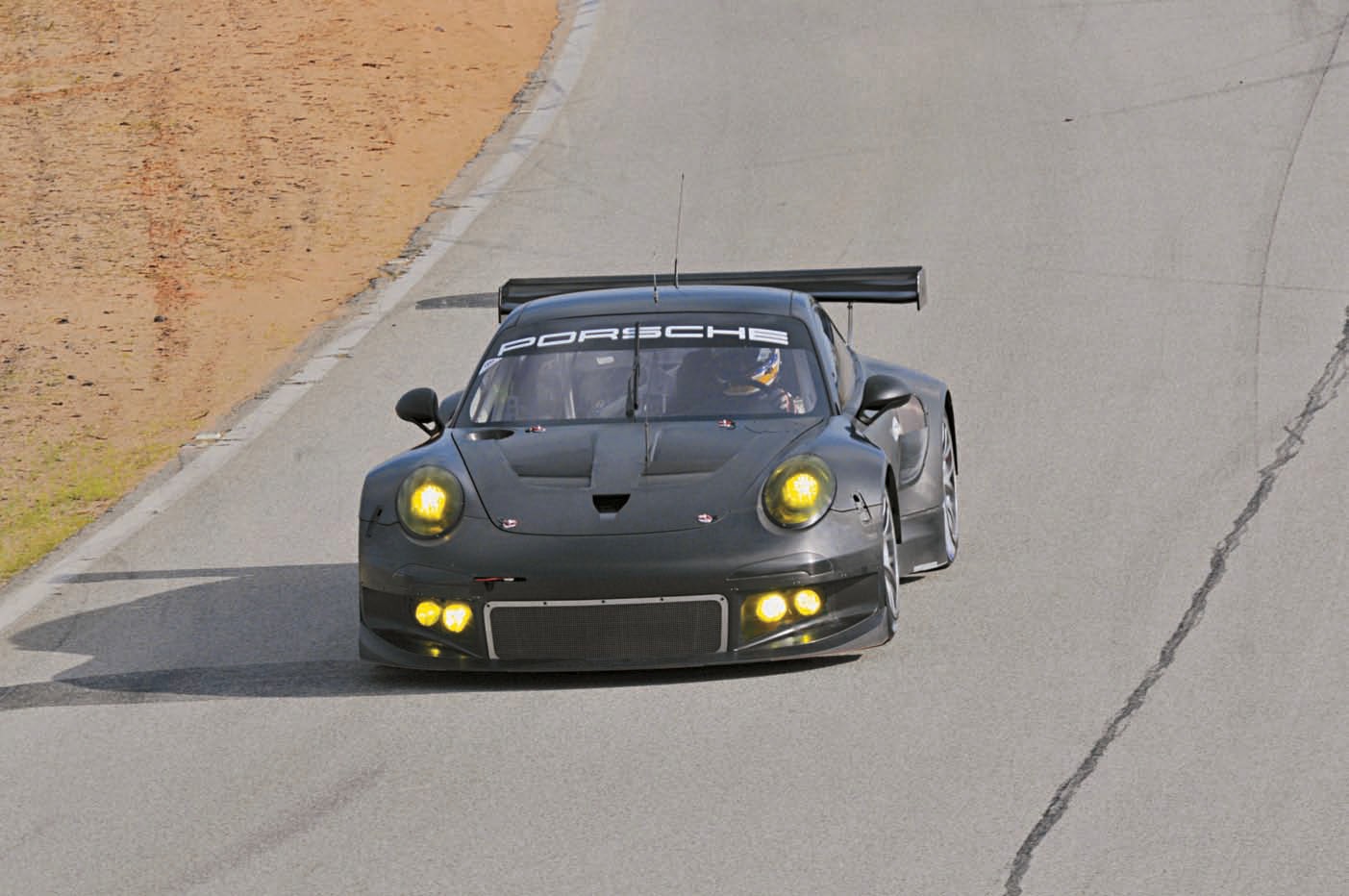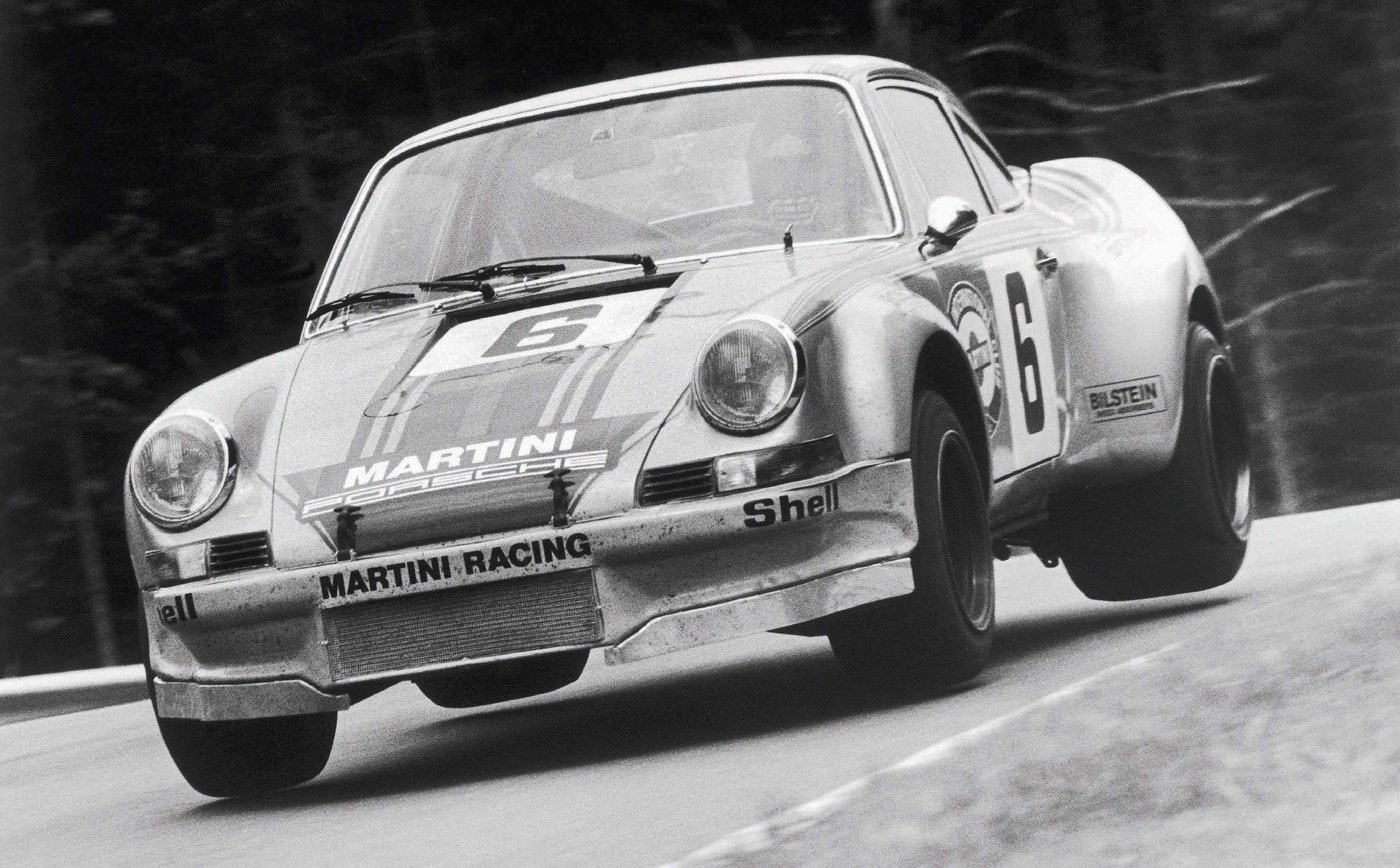Associated albums
Porsche 911 50 Years



EPILOGUE: ASPIRING TO THE DREAM
“The phenomenon of the 911?” Harm Lagaay asked rhetorically. “Not only is it a sports car in its own right, in its own way, but it is a segment in the automotive world that is extremely attractive. You build a car for that amount of money, you make it unique, you keep it unique, and that’s why people drive it. They compare themselves with it, because it’s a successful thing.” For all of its 50 years and for most of a decade before it, the Porsche 911 has reflected the strong personalities who influenced this automobile. This started with the efforts of three men. First came Ferry Porsche, with his adamant insistence that his new automobile was a 2+2 sports car. Second was his son F.A. Porsche, who directed and managed the highly talented team that developed the shape and forms that now are part of our automotive language. Third was Ferry’s nephew Ferdinand Piëch, whose concept for the engine made it roadworthy and race-ready from the start. With those decision makers and the preferences they fought for, the 911 began its life. Hundreds of others played significant roles: Ernst Fuhrmann was the car’s reluctant champion even as he planned its funeral. Under Fuhrmann’s direction, Bott, Singer, Berger, and Brodbeck tamed the car’s handling, Then Mezger and Schäffer turbocharged it and made it Ruler of The Race Tracks even as Fuhrmann still hoped to guide the car into oblivion. Then came Peter Schutz, the car’s advocate. He saved the 911. His arrival allowed Bott to be the car’s enthusiastic innovator. Together they removed its roof. Then, full of faith in the 911s ability to do anything, they put four-wheel-drive under it and took it to the desert where Kussmaul and Ickx and Metge proved the bosses were right. Later, as water-cooling became essential and inevitable, Horst Marchart devised an idea that perplexed his engineering staff and bedeviled his stylists. This was the concept of two cars with one face. This plan created two new Porsches with flawless pedigree and masses of shared parts and calculable economies. Working with Wendelin Wiedeking, the production manager who became CEO, those two championed the 996 and its similarly-faced 986 Boxster. They and those cars saved the company; sales proceeds and favorable exchange rates replaced accountant’s red pencils with black. While Marchart advanced on the next water-cooled 911, Wiedeking advanced on Volkswagen. Soon after Marchart retired and Wiedeking was told to go, it was Volkswagen executives who looked on proudly as Porsche debuted its newest 911 technological tour de force. The 50-year evolution from 901 to 991 was incremental. The differences sometimes were clearest in the details which, aggregated, have established the 911’s identity. Aspiring to association with those traits and characteristics has been a potent motivator for engineers, designers, and customers alike. As Peter Schutz and subsequent Porsche officers discovered, for the company to prosper, that aspiration must thrive. Schutz expressed it as a kind of mission statement during an interview in 2004: “Porsche,” he said, “is in the business of selling memberships in the dream.”
Previous Page
Page 32 of 32